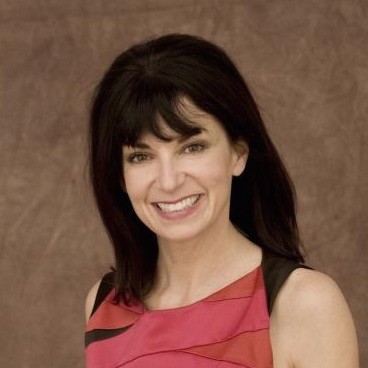A recent article in the NY Times profiled Peter Neumann (Noy-man), computer scientist, musician, veteran of Bell Labs, and computer security pioneer/tireless evangelist. He cites a breakfast meeting he had with Albert Einstein in 1952, when he heard the first-hand utterance of Einstein’s “Everything should be made as simple as possible, but no simpler,” as being a pivotal and defining moment in his career.
(While Neumann describes the event as a cameo appearance, it really may have been more destiny. Neumann’s mother, Elsa Schmid Neumann, was a noted artist and mosaicist, and some years earlier, Einstein’s step-daughter had turned to her to learn mosaic techniques. Einstein himself wrote a letter of appreciation to Elsa for the power of her portrait.)

In the Times article, Steven M. Bellovin, fellow alum of Neumann’s at Bell Labs, noted security specialist himself, and now chief technology officer of the Federal Trade Commission, cited Neumann as an inspiration for providing a corollary to Einstein’s phrase: “Complex systems break in complex ways,” with regards to the zoysia grass-like proliferation of hardware, software, interconnectedness of devices and networks.
I met Bellovin numerous times due to the close association with my former colleagues from Lumeta, which was involved in network topology and security. There were long and vigorous discussions on convenience vs. security, a must-have vs. a need to have. Lumeta’s CTO, Bill Cheswick, was a hardliner: no email attachments of any kind. We sneaker-netted disks to him – attachments to everyone else.
Those days seem far behind us as we store data literally everywhere, on everything, and it’s seemingly accessible to all. IT security has the Sysiphean task of trying to lock it all down while ensuring that the right people get what they need.
Leading a team of researchers in a 5-year program funded by the Pentagon, Neumann is looking for a better way to redesign software and computers to assure that the nation’s critical infrastructure is secured. As we look around and live architecture creeps, it is not too soon to assess and reconsider: are there simpler ways to do things?

Diane Burley
Responsible for overall content strategy and developing integrated content delivery systems for MarkLogic. She is a former online executive with Gannett with astute business sense, a metaphorical communication style and no fear of technology. Diane has delivered speeches to global audiences on using technologies to transform business. She believes that regardless of industry or audience, "unless the content is highly relevant -- and perceived to be valuable by the individual or organization -- it is worthless."
Comments
Topics
- Application Development
- Mobility
- Digital Experience
- Company and Community
- Data Platform
- Secure File Transfer
- Infrastructure Management
Sitefinity Training and Certification Now Available.
Let our experts teach you how to use Sitefinity's best-in-class features to deliver compelling digital experiences.
Learn MoreMore From Progress
Latest Stories
in Your Inbox
Subscribe to get all the news, info and tutorials you need to build better business apps and sites
Progress collects the Personal Information set out in our Privacy Policy and the Supplemental Privacy notice for residents of California and other US States and uses it for the purposes stated in that policy.
You can also ask us not to share your Personal Information to third parties here: Do Not Sell or Share My Info
We see that you have already chosen to receive marketing materials from us. If you wish to change this at any time you may do so by clicking here.
Thank you for your continued interest in Progress. Based on either your previous activity on our websites or our ongoing relationship, we will keep you updated on our products, solutions, services, company news and events. If you decide that you want to be removed from our mailing lists at any time, you can change your contact preferences by clicking here.



